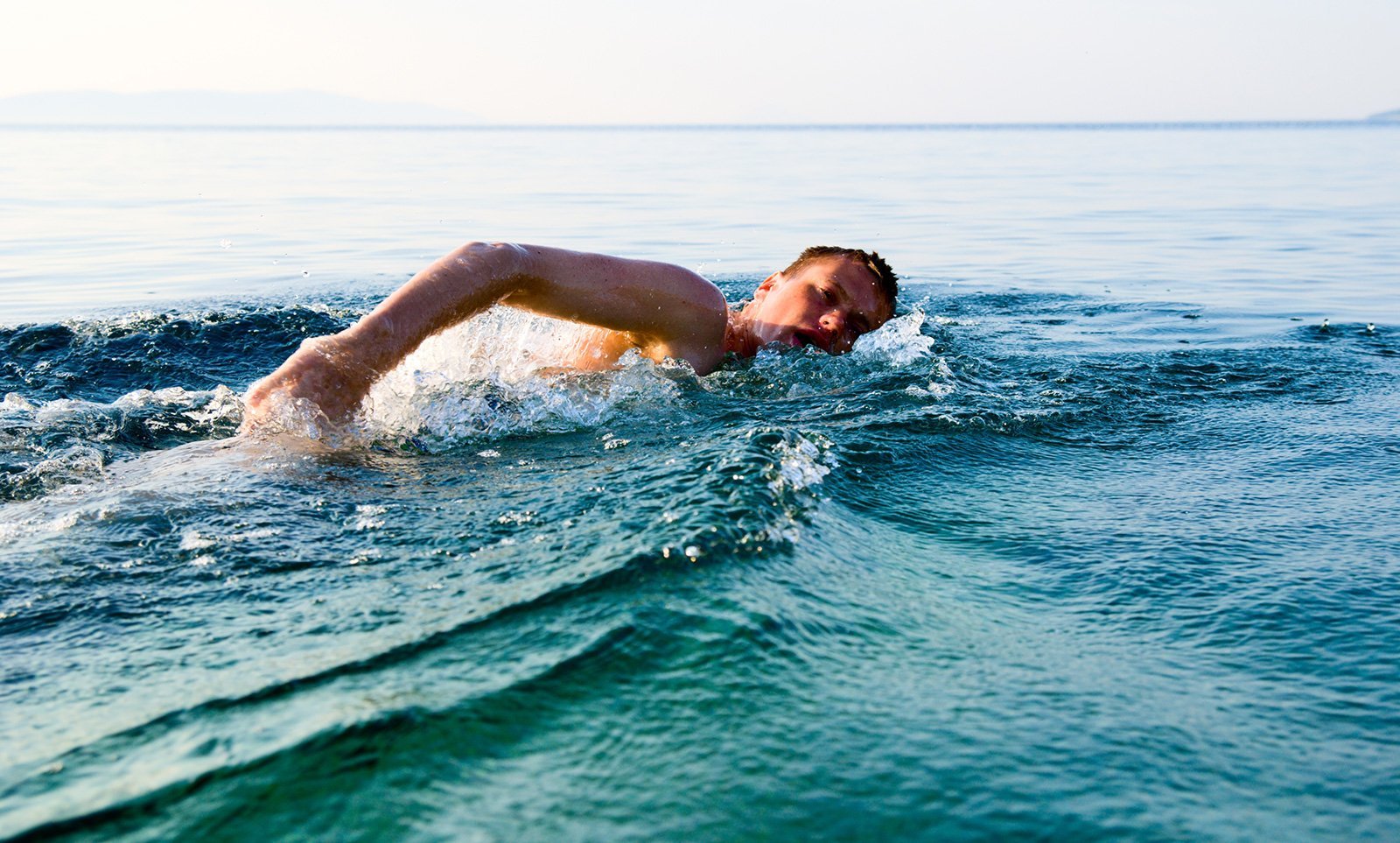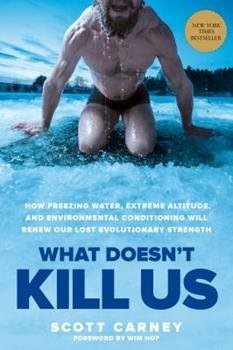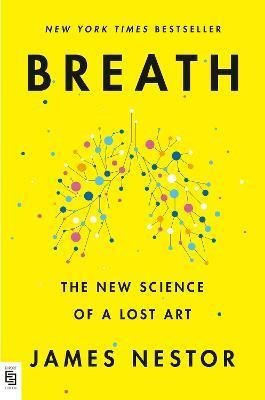Inhale the future, exhale the past.
No, it is not me. It is a stock photo, but the landscape is similar to what I see from the beach.
By Gregory Ronczewski, Director of Product Design at Ibbaka. See his skill profile.
When I was almost eight, we spent a summer by the lake, and one day, my dad did something foolish. I did not know how to swim, so he did what his dad did to him - he pushed me from the pier to the lake. It was supposed to be the best swimming lesson ever, he explained later. I went under, swallowing lots of water. I managed to swim back to shore, but I was terrified. Since that day, I have developed anxiety and a phobia of getting my head under the water. Fast forward, and here I was, heading to the beach with my son. Obviously, I was not planning on giving him the same swimming lesson, and what was even more critical, I did not want my phobia to pass on to him. One day, I ran into our neighbour with her daughter, and she asked me if my son liked swimming. I said, no - no, so much, which was the truth. She looked at me and said, "do you swim when you go to the beach?" No, I did not.
This straightforward question opened a new path for me because I realized that without dealing with my own fear of water, I would not be able to motivate my son towards the ocean and swimming. Before the actual skill can be developed, there is a need for desire and a clear intention.
So, I bought a set of DVDs created by the late Terry Laughlin, a founder of Total Immersion Swimming and followed his instructions. It did not happen instantly, and to be honest, it took me a few summers to finally reach a point where I truly enjoyed the ocean. Now, when I go to the beach, getting my head under is the first thing I do. I swim like a fish, and I love it. I taught my son how to do it, and we swam far from the shore to look at the landscape from a distance before heading back.
Fast forward again, and another set of challenges is presented. It is quite a story, but for now, let's concentrate on swimming, or to be precise, swimming in cold water. It is swimming that was the solution I was looking for. And again, a clear desire and intention were the driving principle. Before I could apply what I learned from Wim Hof—The Iceman—and his cold therapy, I had to have a ‘why.’ I wonder if this progression — from desire, and intention, to action and, finally, the behaviours that support skill development — are a general model for skill development. I suppose the same may apply to learning Adobe Aftereffects or mastering storyboarding. Would it be possible to learn a skill without desire or intention? Perhaps, but will the outcome be similar? I mean, the sense of accomplishment and the outlook for whatever new possibilities open up as a result of the newly acquired skills?
What doesn’t kill us is an excellent book by Scott Carney, an investigative journalist, author and anthropologist who wanted to expose flaws in Hof’s method. Instead, he follows Hof to the top of Kilimanjaro, wearing only his shorts. Breathing, meditating, and exposure to low temperatures form the basis of Wim Hof's method. It is a beautiful example of how things are connected. Without breathing control, there is no effortless swimming, and swimming in cold water is pretty hard without a meditative mind, especially when the water temperature drops to 14ºC (yesterday) or is even lower. Swimming is possible even at 8ºC, but is it about the distance or time? And again, breathing is the key to any of it.
I have never paid attention to how I breathe. An average person takes around 16 breaths per minute, 960 breaths per hour, and about 23,000 times a day, or 8,409,600 a year. A person who lives to 80 will take approximately 672,768,000 breaths in a lifetime. That is a lot of breathing, yet nobody pays much attention to this essential process. I wanted to learn more. James Nestor and his captivating book Breath - the new science of a lost art, is another volume I highly recommend. For me, something that was unnoticeable, unconscious, and automatic is now conscious, observable, and mindful - the act of breathing. Holding one’s breath for over three minutes is possible. Some people can do it for much, much longer. A YouTube video, “Screw the box” by Stig Pryds, was watched 42M times.
So, breathing, is it a skill? Is it a behaviour? What changes when I begin to breathe consciously?
What about other skills? Resilience, imagination, empathy or creativity? Are those automatic as well, or do we need to work to maintain some level of expertise, so they do not vanish? Can they vanish?
There is quite a bit of interest in skills, competencies and behaviours. I wrote a post asking What are the best skills to put on a resumé? Obviously, the skills that go on a resumé will include the domain skills and the experience in whatever work opportunity is open. Here we arrive at desire and intention. Submitting a resumé has a clear intention, and so is the desire to land a new job. But how can one keep track of all the skills, competencies or behaviours that sometimes run on an auto-pilot and sometimes need a more conscious approach to reaching a higher level? We worked hard, consciously—sometimes unconsciously—to develop Ibbaka Talio – a skill management software platform that helps identify and visualize critical skills, create skill profiles and competency models, measure skill gaps, and improve talent mobility. Ibbaka Talio shapes the skills needed for growth. Connect people's skills to the work they do. Uncover potential. Put it to work. Create value.




